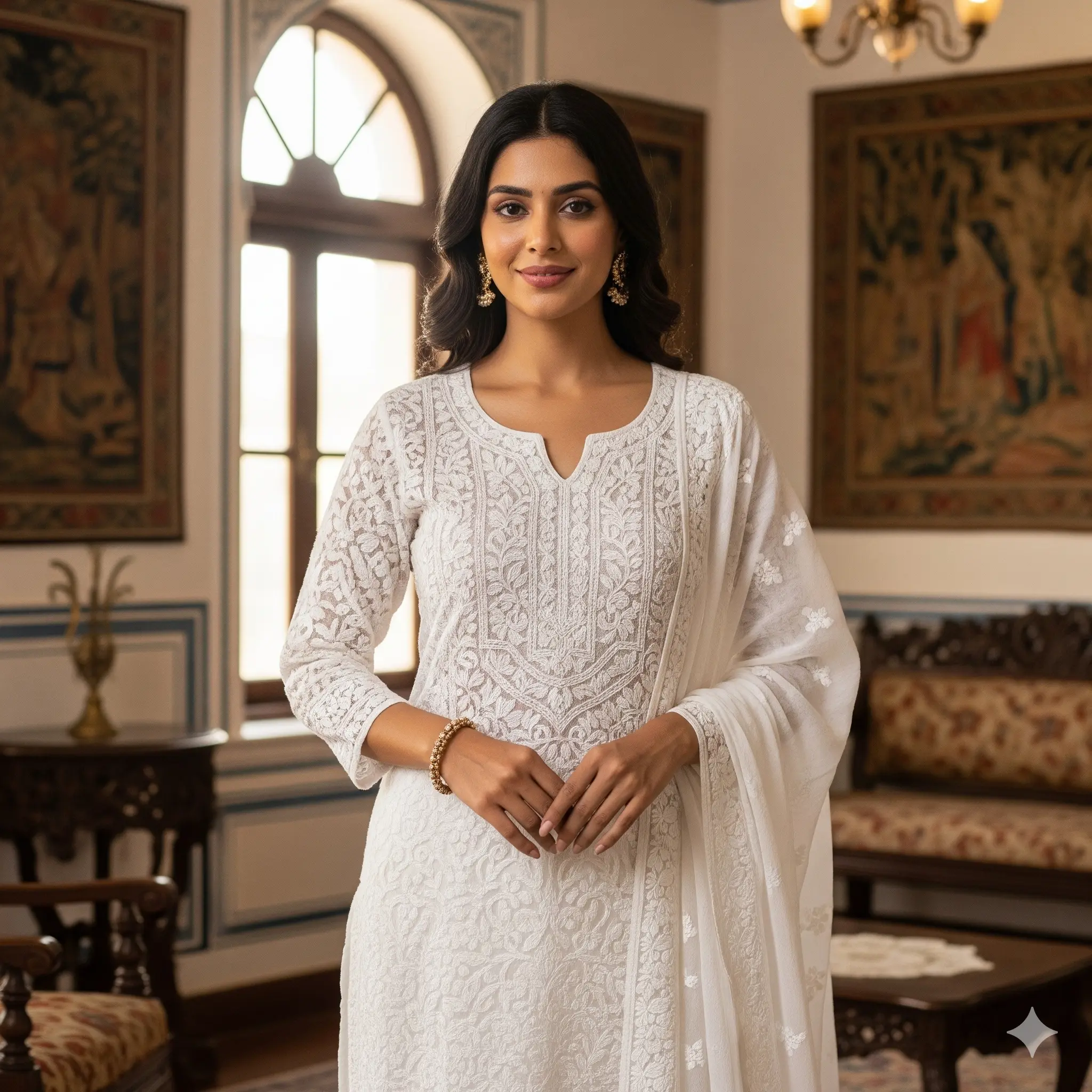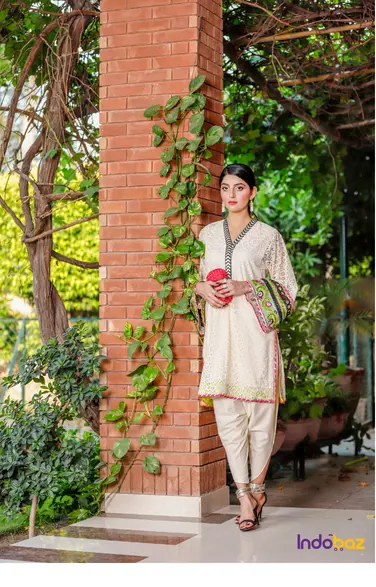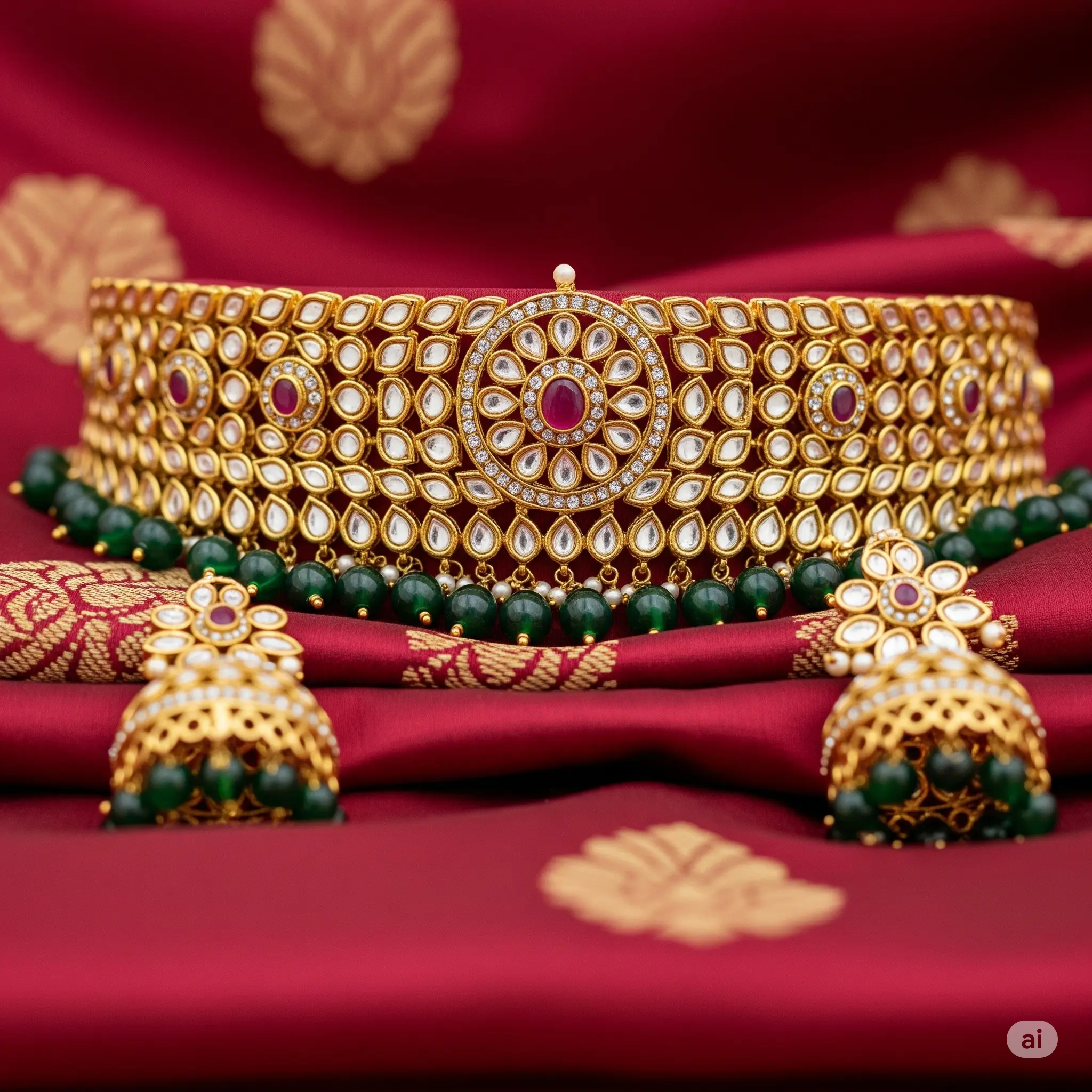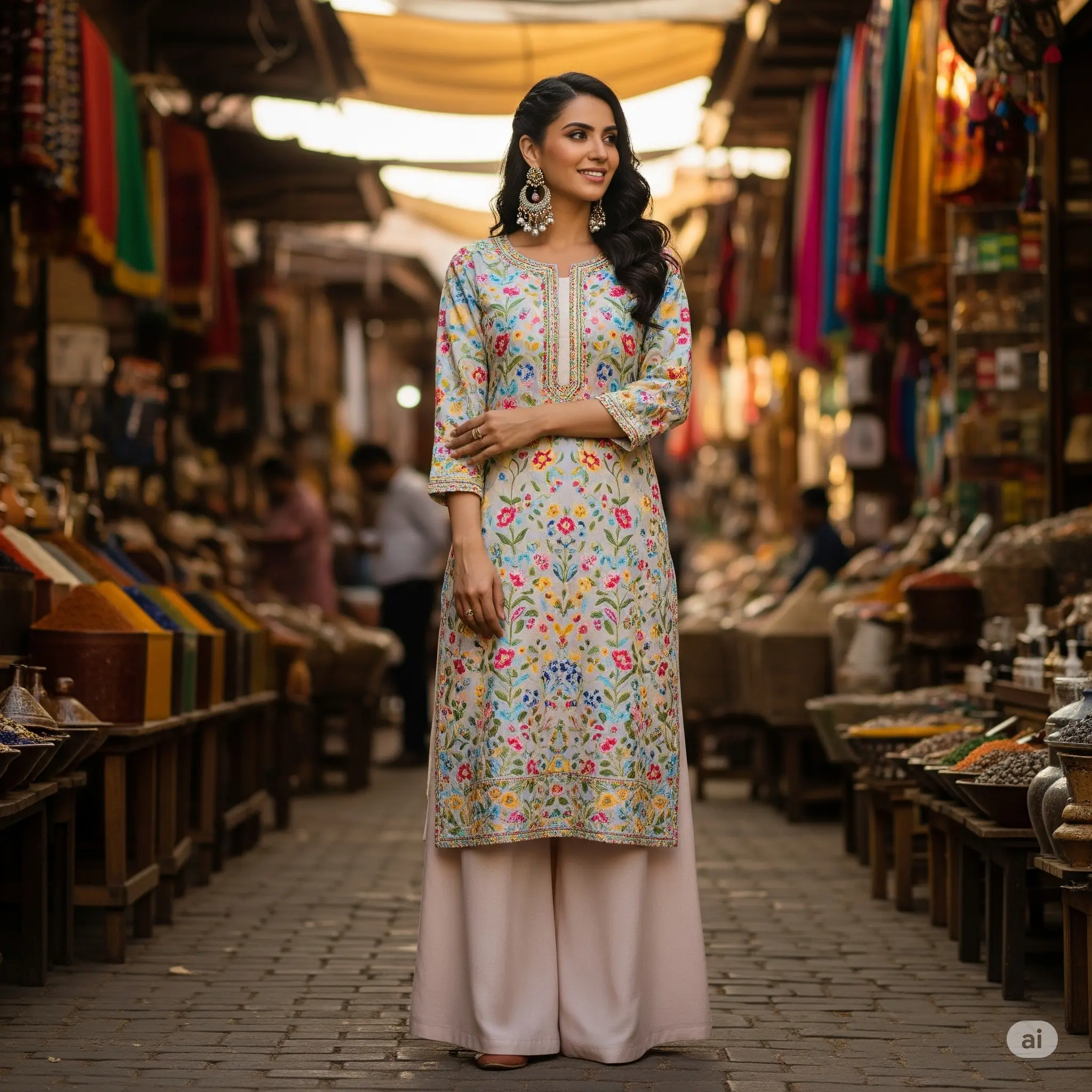Turn heads in the UAE with Indo-Western fusion wear. Discover must-have staples, styling ideas, and outfit inspo for eve...
Fashion Greenwashing: How to Spot It and Shop Smarter
Beyond the Green Label: A Guide to Spotting Fashion Greenwashing
Picture this: You're strolling through one of Dubai's vibrant malls, effortlessly chic, coffee in hand. Every window screams the same message—"eco-aware," "conscious collection," "sustainably made." It feels good, right? But pause for a moment and ask yourself: How much of this is genuine environmental action, and how much is clever branding?
This is where the concept of fashion greenwashing comes in. Simply put, it's when fashion brands talk the sustainability talk—but don’t walk the walk. It’s a marketing sleight-of-hand designed to make you feel better about shopping, without the brand making real ethical or environmental changes.
In this guide, we’ll help you cut through the noise. You’ll learn how to identify sustainable brands, spot fake eco-friendly claims, and become a savvier, more empowered shopper. At Indobaz, we believe in transparent fashion rooted in craftsmanship, not catchphrases—and we’re excited to share what that truly looks like.
Understanding Fashion Greenwashing: More Than Just a Buzzword
What is Greenwashing and Why is it a Problem?
Greenwashing refers to the practice of making unverified or misleading claims about the environmental benefits of a product or company to deceive consumers. In fashion, this could mean promoting a collection as "sustainable" while continuing to engage in fast production cycles and unethical labor practices.
According to the UK’s Competition and Markets Authority (CMA) and the Changing Markets Foundation, up to 60% of green claims made by fashion companies may be misleading or unsubstantiated. That’s a staggering statistic.
Why does greenwashing matter?
- It misleads consumers who genuinely want to shop responsibly.
- It undermines real change by allowing brands to avoid investing in meaningful sustainability.
This deceptive practice keeps the wheels of fast fashion turning—overproduction, unsold inventory, and landfill waste included. All while giving customers a false sense of environmental impact.
The Rise of the "Green" Trend in the UAE Market
Thankfully, consumer awareness is growing. In the UAE and globally, there’s a rising demand for ethical and eco-friendly fashion. Shoppers are now seeking more than aesthetics—they want values.
However, companies see this market shift and some respond not with sincerity, but with strategy. Slapping a green label or launching a superficially "eco" product is often cheaper and faster than genuinely overhauling harmful supply chains.
The problem? There are no universally accepted, legally binding standards for terms like "eco-friendly" or "conscious". This loophole allows brands to say whatever sounds good without delivering real change.
Red Flags: 5 Telltale Signs of Greenwashing in Your Wardrobe
1. Vague, Fluffy, and Meaningless Language
Watch out for language that sounds good but says nothing. Common buzzwords include:
- Eco-friendly
- Earth-conscious
- Green
- Responsibly made
Here’s the rule: If there are no percentages, certifications, or production details, the claim is likely just marketing fluff.
Example? A T-shirt labeled as "conscious" might be made with only 20% recycled polyester—the rest is virgin plastic—and it could still be produced in factories that underpay workers and pollute local ecosystems. Not very conscious at all.
2. The Hidden Trade-Off
This tactic involves focusing on a small positive feature to distract from the bigger picture. For instance, a brand might promote a dress made from organic cotton—but stay silent about the toxic, petroleum-based dyes used or the excessive water consumption in production.
Then there’s the infamous "capsule collection" trick—where a fast fashion brand dramatically markets a tiny "eco" line, while the rest of its business continues to churn out mass-produced, disposable products.
Don’t let a single “green” feature overshadow the overall impact.
3. Lack of Proof and Transparency
Truly sustainable brands are radically transparent. They tell you about their supply chains, working conditions, and environmental goals.
Here’s what to look for:
- A detailed sustainability or impact report
- Information about factories and suppliers, often with locations
- Statements on wages, diversity, and workplace ethics
If a brand makes bold claims but you can’t find any substantial information with a 5-minute Google search, you’re likely dealing with greenwashing. Learn how real ethical brands operate in our blog on top ethical fashion brands UAE.
4. Misleading Imagery and "Green" Aesthetics
Sometimes the deception lies more in feeling than in facts. Marketers know that green = sustainable in your mind. So they fill labels and websites with:
- Stock photos of forests, sunshine, and clean water
- Logos made to look “eco,” even if they’re not third-party certified
- Green color schemes that visually suggest environmental friendliness
Certifications to trust:
- GOTS (Global Organic Textile Standard)
- Fair Trade Certified
- B Corp
If the visual storytelling is stronger than the data—they’re probably trying to sell you a vibe, not values.
5. Irrelevant or "Lesser of Two Evils" Claims
Some brands make statements that sound impressive but solve problems that no longer exist. For example, proudly proclaiming a garment is “CFC-free.” But CFCs have been banned for decades—so this is just marketing puffery.
Other times, they position a slightly better product as an ethical revolution. A shirt made of 10% recycled polyester is still 90% plastic, still sheds microplastics in your washing machine, and still contributes to fossil fuel use.
Sustainability isn't about choosing the "less bad" garment—it's about transforming the system. For a deeper dive, check out our article on eco-conscious choices for stylish wardrobes.
The Indobaz Philosophy: What True Sustainability in Ethnic Wear Looks Like
Slow Fashion: Championing Craftsmanship Over Consumption
Fast fashion relies on constant churn—52 micro-seasons a year, cheap labor, and faster trends. But at Indobaz, we embrace slow fashion.
Our collections are built on time-honored techniques like:
- Ajrakh block-printing from Gujarat
- Intricate Chikankari hand embroidery from Lucknow
- Jamdani weaving from Bengal

These methods take time, skill, and care—making each piece a wearable artwork, designed to last and be loved for years.
Material Integrity: The Beauty of Natural Fibres & Dyes
Our garments start with materials that respect both your skin and the soil. Think organic cottons, breathable linens, resilient silks, and other biodegradable fibers.
We choose natural dyes derived from plants, minerals, and insects—avoiding the harsh toxins in synthetic colorants that harm ecosystems and cause skin reactions.
By choosing natural, we choose harmony—with nature and with ourselves.
Social Sustainability: People are the Heart of Our Process
Sustainability isn’t just environmental. It’s deeply human. Ethics matter at every step—from the farmer planting cotton to the artisan weaving your kurta.
At Indobaz, we partner directly with communities to maintain fair wages, safe workspaces, and cultural preservation. It's not just fashion—it's a movement.
Share:
 English
English





